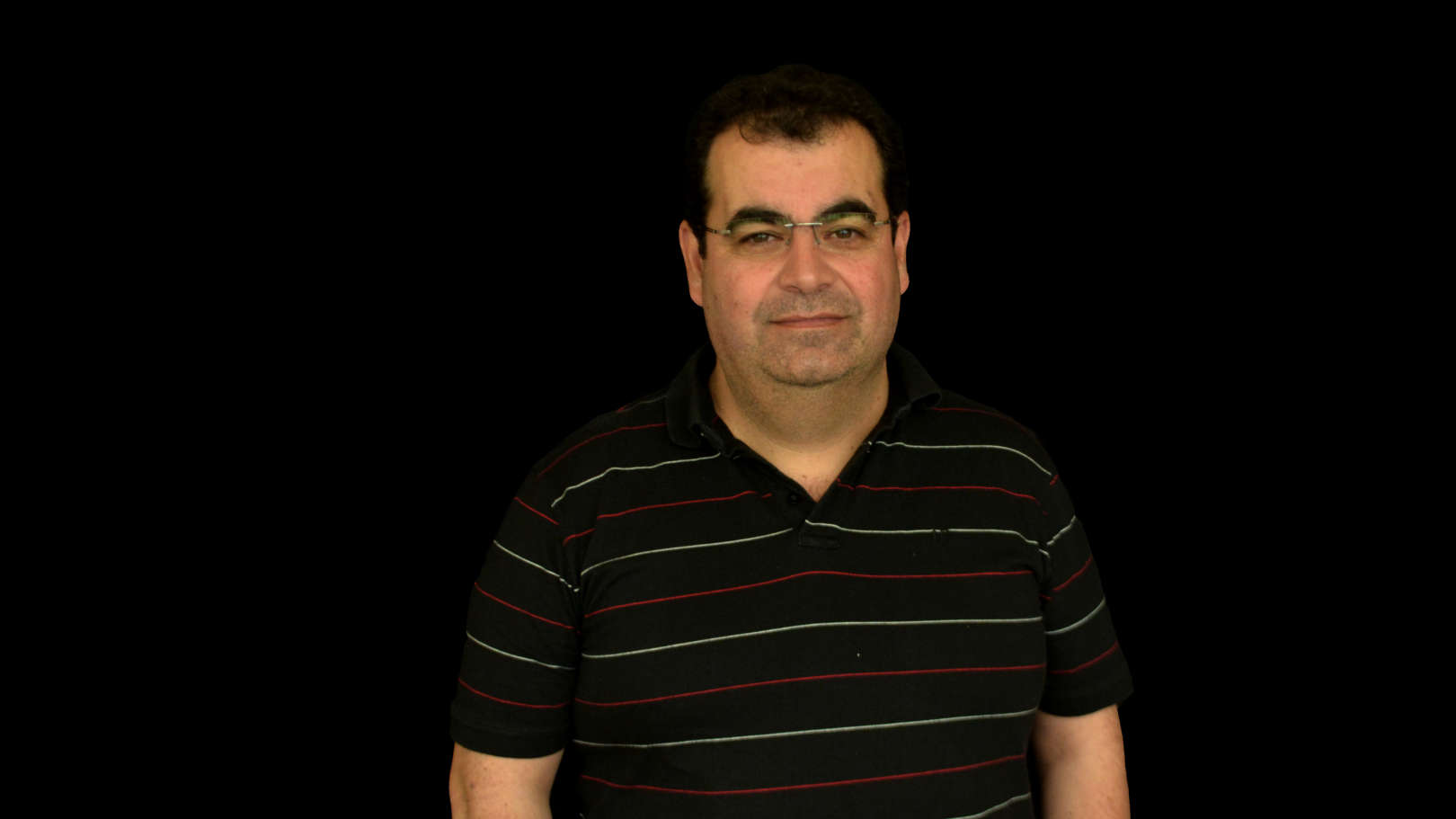About
Paulo Marques was born in Portugal in 1968. He received a degree in Physics (1991), a MSc in Optoelectronics and Lasers (1995) and a PhD in Physics (2000), all from the University of Porto, Portugal. From Nov. 1999 he was appointed as Teaching Assistant in University of Trás-os-Montes e Alto Douro. In 2001, he joined the Faculty of Science from University of Porto as an Assistant Professor.
Since July 2000 he develops research activity in the Optoelectronics and Electronics Systems Unit (UOSE) of INESC PORTO, being responsible for several National and European research contracts. His current research interests include integrated optical sensors, laser direct writing techniques for integrated optics and microfabrication in general, microfluidics, Bragg gratings, optical photosensitivity. More recently has been involved in laser processing with ultrafast lase sources. Has published 4 world patents (patent family of 32) and published more than 100 scientific papers in international magazines and conferences and three book chapters.
Since October 2009 is the coordinator of the Center of Applied Photonics of INESCTEC (former Optoelectronics and Electronics Systems Unit). From May 2013 is also the director of the Micro and Nanofabrication Center of Porto University (CEMUP MNTEC).


